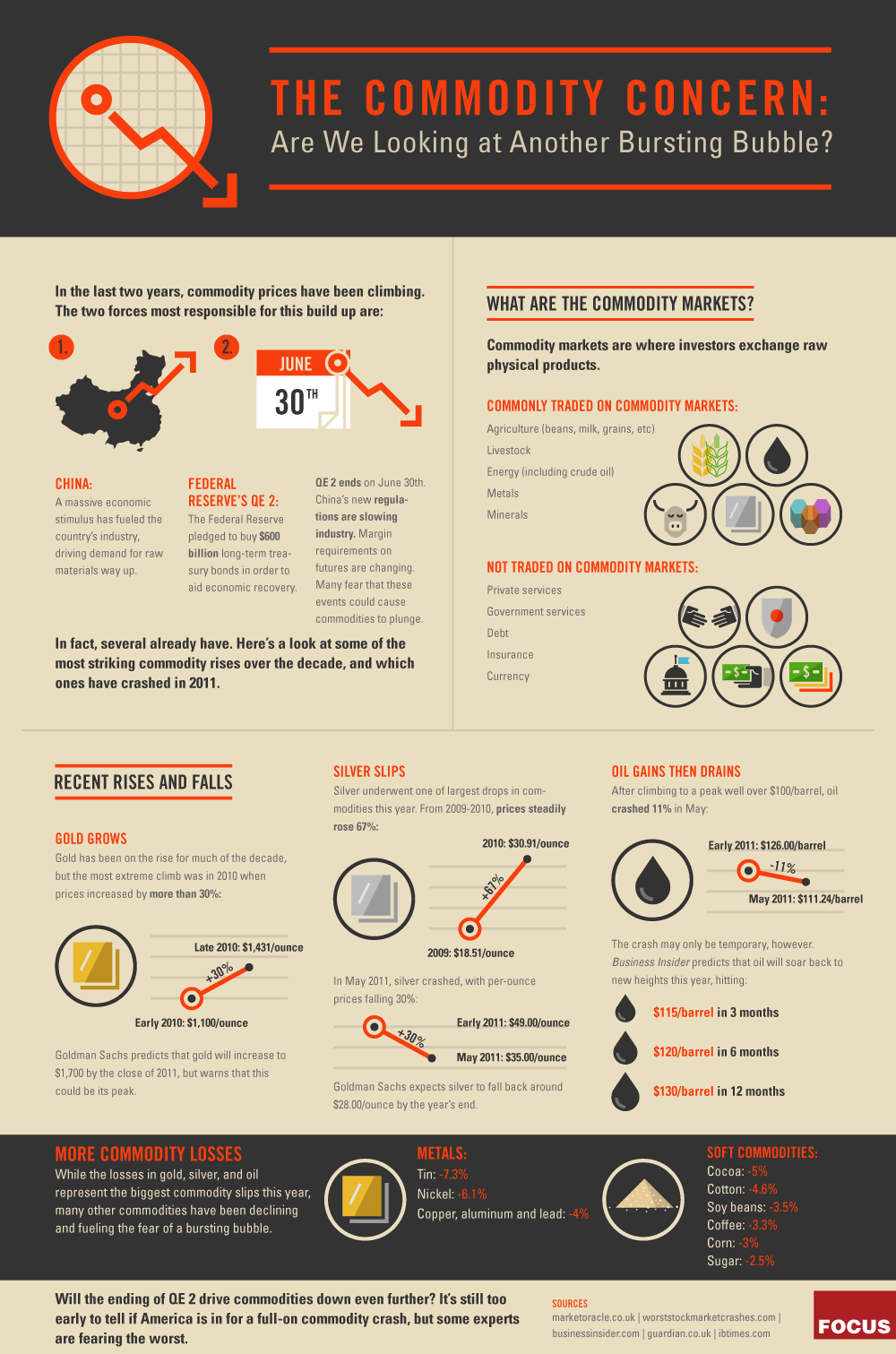
Source:
Focus.com, The Commodity Concern
".....the Senate voted 73-27 in favor of repealing a $6 billion tax credit for ethanol producers. The measure would end a 45-cent-per-gallon tax credit for ethanol refiners and a tariff of 54 cents per gallon on imported ethanol. The bill’s passage may be a pleasant surprise — ethanol is, after all, not so great for the environment. But which senators voted in favor of the tax credits is all too predictable."
"A broad bipartisan majority of the Senate voted ...to end more than three decades of federal subsidies for ethanol, signaling that other long-sacrosanct programs could be at risk as Democrats and Republicans negotiate a sweeping deficit-reduction deal. The tax breaks, which now cost about $6 billion a year, had long been considered untouchable politically because of the power of farm-state voters and lawmakers. Iowa's role as the site of the first presidential caucuses has further elevated the political potency of the biofuel.
Presidential hopefuls made a quadrennial ritual of going to Iowa and pledging to support the tax breaks, tariffs and mandates that supported production of ethanol motor fuels from corn. This year, however, some Republican presidential candidates have pointedly refused to endorse ethanol tax breaks. Thursday's vote doesn't by itself doom federal support for the corn ethanol industry. The House is expected to reject the repeal as unconstitutional because tax bills must originate in that chamber, and the White House opposes it. But the 73-27 vote signals that once-unassailable programs could be vulnerable."






“The Federal Reserve is just days away from ending one of the major steps to aid the U.S. economy — but the effort has done little to solve the original problem: The government and individuals alike are still heavily in debt.”
“The fundamental problem is that reversing the trend of piling on the debt requires some combination of cutting spending, growing income or the economy, and inflation. But wage growth is stagnant and home prices, which underpin much of the debt problem, are still falling.
“Meanwhile, in a vicious circle, businesses aren’t hiring or investing because they know consumers are tapped out. Banks, for their part, are hoarding cash, being stingy with new loans.”
“We don’t have a precise read on why this slower pace of growth is persisting … Some of the headwinds that have been concerning us, like the weakness in the financial sector, problems in the housing sector, balance sheet and deleveraging issues, may be stronger and more persistent than we thought.”
| Crop prices as of 16:30 GMT Chicago wheat: $5.86 a bushel, -8.6% Chicago corn: $6.23 ½ a bushel, -10.7% Chicago soy: 13.15 ½ a bushel, -1.4% London wheat: £156.75 a tonne, -7.0% Paris wheat: E185.00 a tonne, -7.4% Prices for July contracts on US exchanges, and November contracts in Europe |
| Key corn and soybean data, diff. from forecasts and (previous year) Corn stocks, June 1: 3.67bn bushels, +368m bushels, (4.31bn bushels) Corn sowings: 92.282m acres, +1.52m acres, (88.192m acres) Soybean stocks, June 1: 619m bushels, +23m bushels, (571m bushels) Soybean sowings: 75.208m acres, -1.32m acres, (77.404m acres) |
| Key wheat data, difference from forecasts, and (previous year) All wheat stocks, June 1: 861m bushels, +35m bushels, (973m bushels) All wheat sowings: 56.433m acres, -238,000 acres, (53.603m acres) Includes other spring wheat: 13.627m acres, +278,000 acres, (13.698m acres) And durum sowings: 1.698m acres, -336,000 acres, (2.57m acres) |
Follow Us